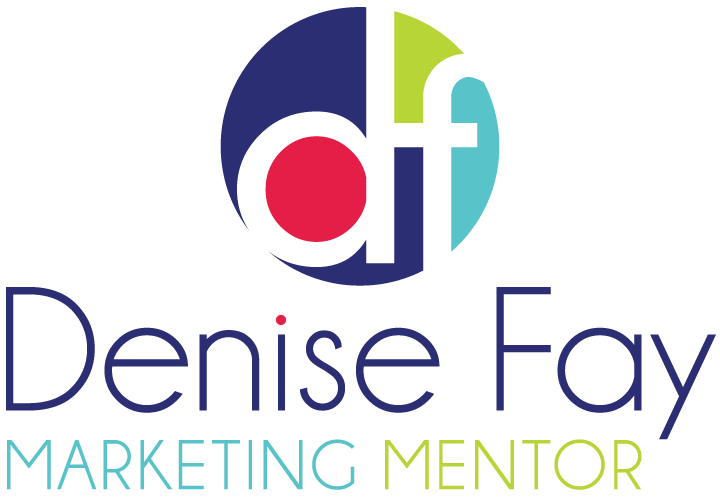 The first task in the ‘31 days to write better copy‘ is to understand what your reader wants to read.
The first task in the ‘31 days to write better copy‘ is to understand what your reader wants to read.
Before you put pen to paper, fingers to keypad, you need to take a detailed look at who your reader is and what they like to read.
Identifying exactly who that person or segment is will make it easier for you to relate straight away. It makes talking to them so much easier. You use their language and you answer their needs.
Carpenters have a saying ‘Measure twice and cut once.‘ That same logic can be applied to your written communication. Taking take time out to really analyse who your audience is for your particular piece of writing will give you two results:
1. You’ll gain control over the writing, thus avoiding procrastination
2. You’ll write a more effective piece, thus creating the relationship
Analysing what your audience wants is easier said than done. Seeing your message through your readers eyes is really important. Here are three different examples of when the writer didn’t understand what the reader wanted.
1. It’s all about me, isn’t it?
Take a look at these two pieces of information. They are both brief ‘About Us‘ pages. One was the original paragraph, the other we changed after analysing the audience.


Based on these small snippets of information, which would make you pick up the phone?…(and yes, you have to pick one.)
The audience was small business owners and Image 2 got a better return. It said simply what ABC company can do for it’s audience.
Lesson: The audience of small businesses didn’t want jargon, they wanted to see the benefits.
2. Duh! Everyone knows what marketing is
Even copy-writers get it wrong! When I first started my marketing consultancy in 2006, I produced a lovely three-fold flyer. The key message was that marketing can really benefit my audience’s business.
I quickly found out that the audience I was targeting (small businesses in a provincial town) equated marketing with advertising. They didn’t see marketing as a process that included strategic planning, communication strategy, the Internet, networking and advertising. They simply saw marketing = advertising, they didn’t need advertising and hence my cleverly worded letter was binned.
Lesson: Just because you know what you’re talking about, it doesn’t necessarily mean your audience does.
3. Say it as it is…for the audience
What does Little Britain’s Vicky Pollard and French philosopher Blaise Pascal have in common?
They didn’t tell their audience succinctly what it was they wanted to hear.
In 1660, Blaise Pascal wrote in a post-script to a letter “I made this letter longer than usual because I lack the time to make it shorter.” (Provincial Letters XVI, 1660)
Nice excuse at the end after his audience suffered the excessive length.
In 2000’s, Vicky Pollard’ infamous “yeah, but no, but, yeah....” is best exemplified in this little clip. The social worker just wants an answer to three questions:
1. How are you Vicky?
2. How is the baby?
3. Where is the baby?
It takes Vicky Pollard what seems like an eternity (but is only 1 minute and 27 seconds) to answer all three questions. The rest is noise – entertaining but noise.
Lesson: Avoid noise and get to the crux of what your audience wants to hear.
Day 1 Homework
Take a piece of literature that you’ve recently produced or plan to produce. It could be a page on your website, a blog post or a sales email.
Look at it and ask yourself the following questions:
1. Who is this piece aimed at?
2. What is the readers purpose for reading it?
3. How knowledgeable is your reader on the topic?
4. How interested are they in the topic?
5. Have you included the message most relevant to your reader?
Once you can see your message through your readers eyes, you can establish a connection with them much easier.







